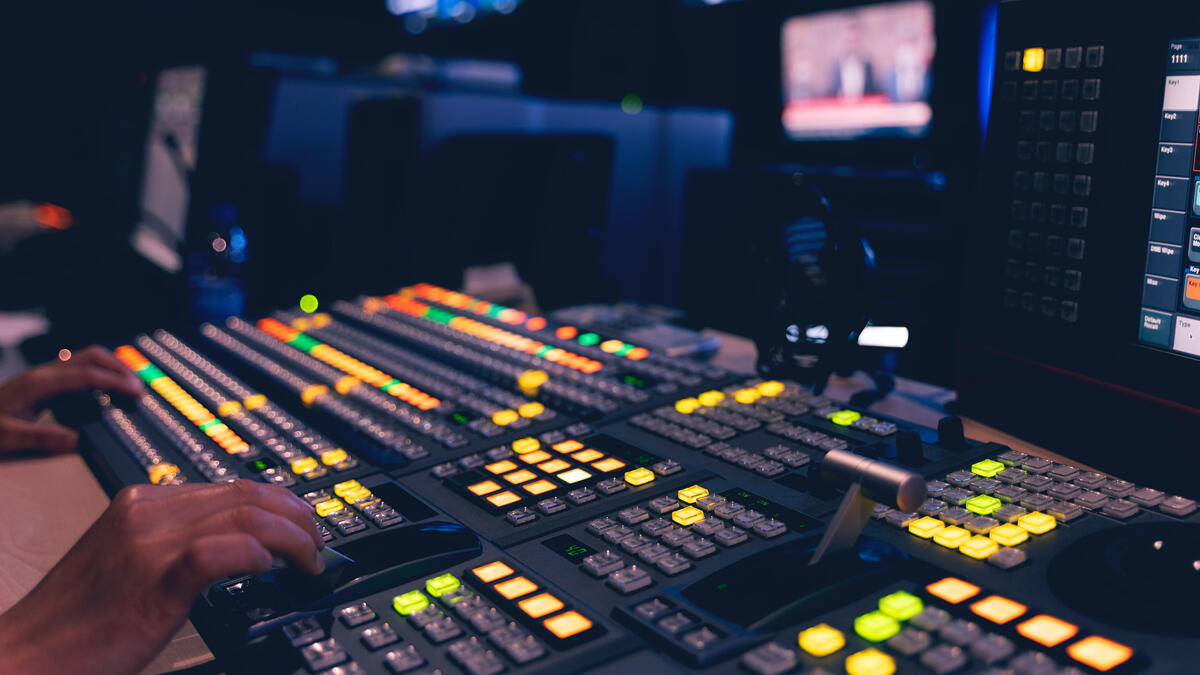Guides & Articles
What is SMPTE ST 2110?
ST 2110 is a suite of standards developed by the Society of Motion Picture and Television Engineers (SMPTE) that define professional media over an IP network. The standards describe how video, audio, and ancillary data should be packaged and transported over an IP link and maintain synchronization and quality. ST 2110 is designed to work within the existing IP network infrastructure and to be scalable so that it can accommodate future advances in IP-based technologies. The standards are part of a larger effort to move all production and contribution systems to an IP-based infrastructure.

Development of ST 2110
SMPTE ST 2110 is based on VSF TR-03, a standard designed for professional broadcast applications that uses RTP (Real-time Protocol) as its underlying transport protocol. ST 2110 carries video, audio, and ancillary data as separate streams over an IP network. The purpose of ST 2110 is to create a single standard for the professional media industries to transmit and receive media.
How does ST 2110 work?
SMPTE ST 2110 transports media by splitting the video, audio, and ancillary components into independent essence streams. This allows each component to be processed, transported, and stored separately from the others. Essence streams in ST 2110 are carried in a UDP/RTP packet and are self-contained, with each stream having all the information necessary for that media type, including timing information.
Elements of ST 2110
The standards are split into four main components: 2110-10 for timing and synchronization, 2110-20 for video, 2110-30 for audio, and 2110-40 for ancillary data.
- ST 2110-10 System and Timing: defines the timing and requirements for all the ST 2110 series essence streams.
- ST 2110-20 Uncompressed Video: standardizes the transport of uncompressed video over IP networks.
- ST 2110-21 Video Stream Packet Shaping: standardizes the traffic shaping and delivery timing for uncompressed video.
- ST 2110-22 Constant Bit-Rate Compressed Video: describes the payload for constant bitrate compression video.
- ST 2110-30 Uncompressed Audio: standardizes the transport of uncompressed audio streams over IP networks based on AES67.
- ST 2110-31 AES3 Audio Streams: standardizes the transport of uncompressed audio streams over IP networks using AES3.
- ST 2110-40 Ancillary Data: standardizes how ancillary data is encapsulated and transported using RTP.
ST 2110 vs SDI
Before ST 2110, SDI (Serial Digital Interface) was the standard for transporting video IP. SDI combines the video, audio, and metadata into a single stream over a cable. On the other hand, ST 2110 breaks up those three elements into separate streams, allowing for each stream to be transported independently over an IP link. This separation also allows for more flexibility since a receiver can pick and choose what it listens to.
